Window Prices in Edmonton
Claim Rebates & Loans To Support Your Project
Potential savings with available rebates:
Potential loan amount to claim:
4 facts about Ecoline Windows Company in Edmonton:
Ecoline Windows offers a variety of high-quality vinyl windows and entry doors in Edmonton. We understand your time is precious, so we have simplified how to search for your perfect window. Using our easy online tool, filters will quickly enable you to find exactly the right product. Additionally, our free window replacement calculator will help you to plan your window replacement project accurately.
We will do our very best to ensure you are completely satisfied with your windows and doors purchase. We constantly monitor customer feedback to enable us to improve the level of service we offer in Edmonton.
Ecoline’s Hassle-Free Warranty

We are local, transparent and strive to build long-term relationships with all our clients. Your satisfaction is our reputation. That’s why all our windows come with a direct warranty from the manufacturer on:
- Vinyl Frame
- Seal Failure
- Hardware
- Installation
- Labour
Our Office & Store in Edmonton
We are always happy to chat with our customers face-to-face. Feel free to visit any of our showrooms across Canada to learn more about our products and services.
Ecoline Windows Edmonton
by appointment only
Working directly with homeowners in Edmonton and all surrounding areas, including:
Windows Collection












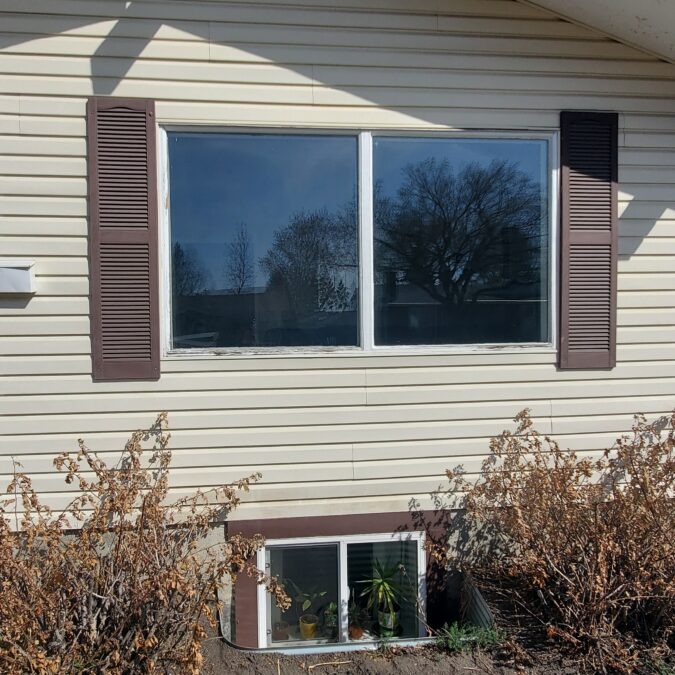
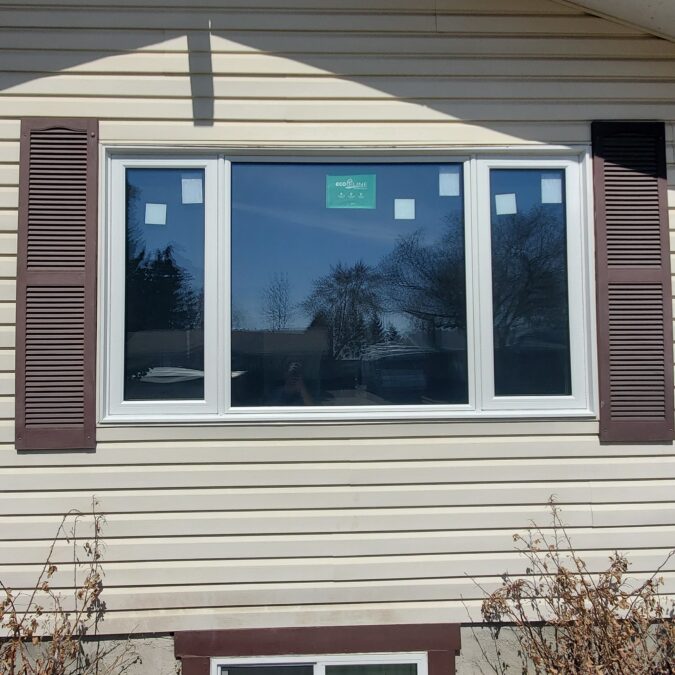
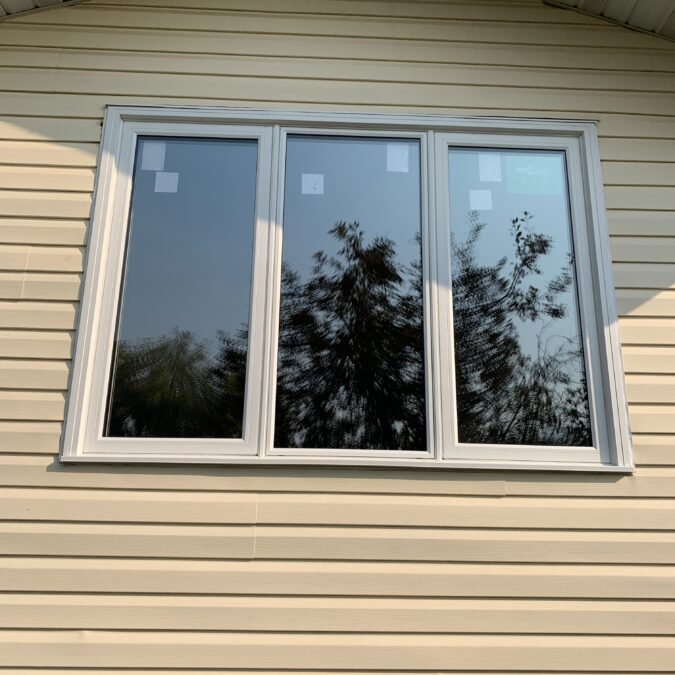
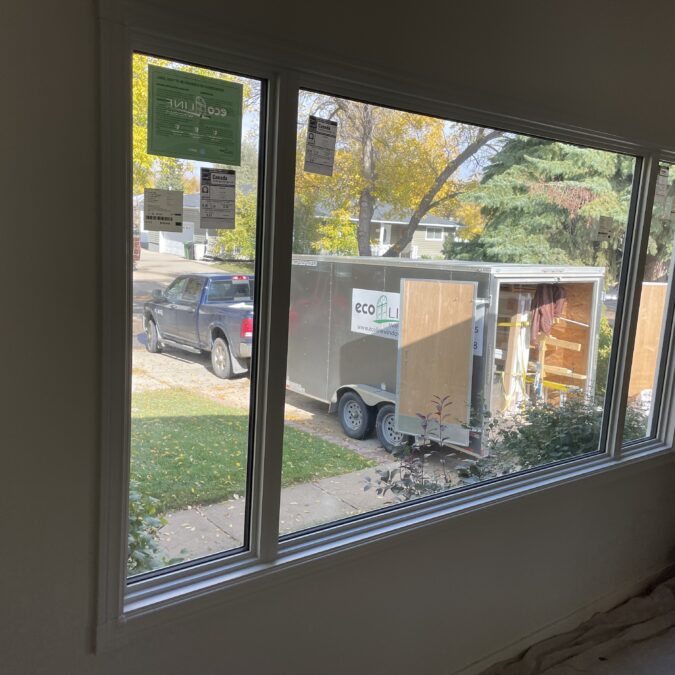
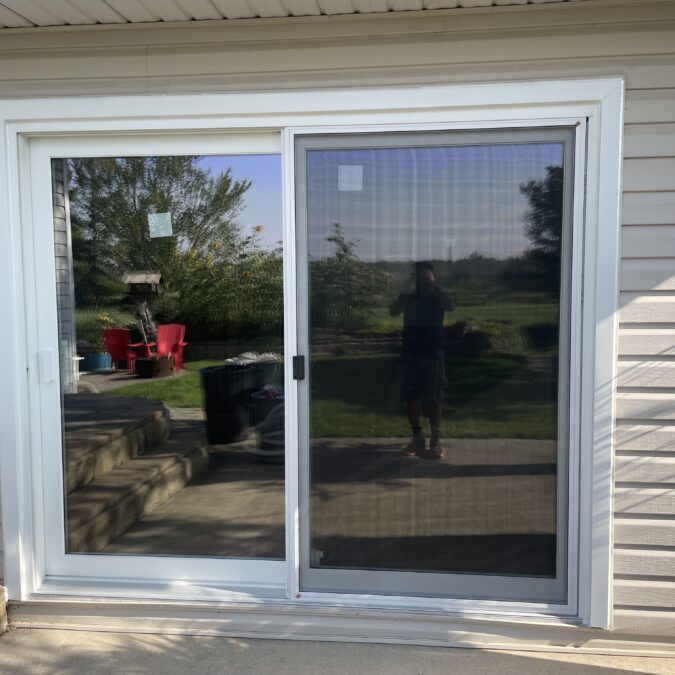
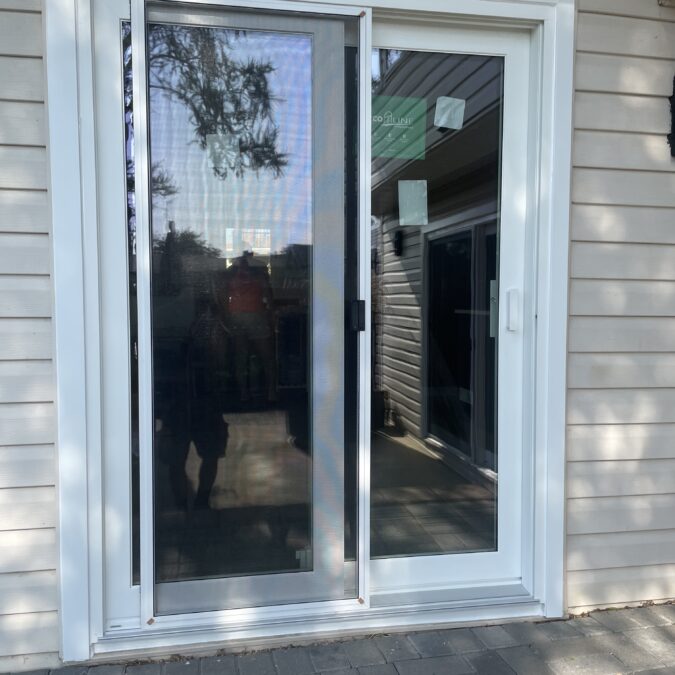
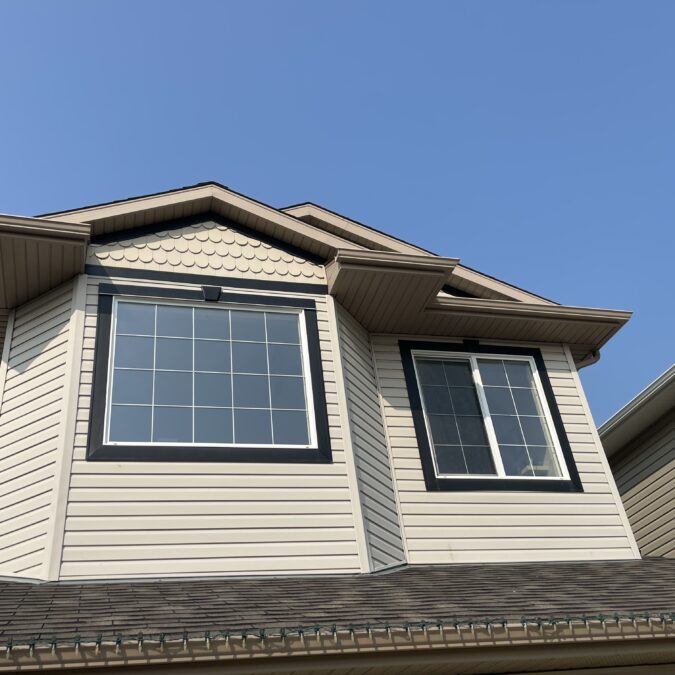
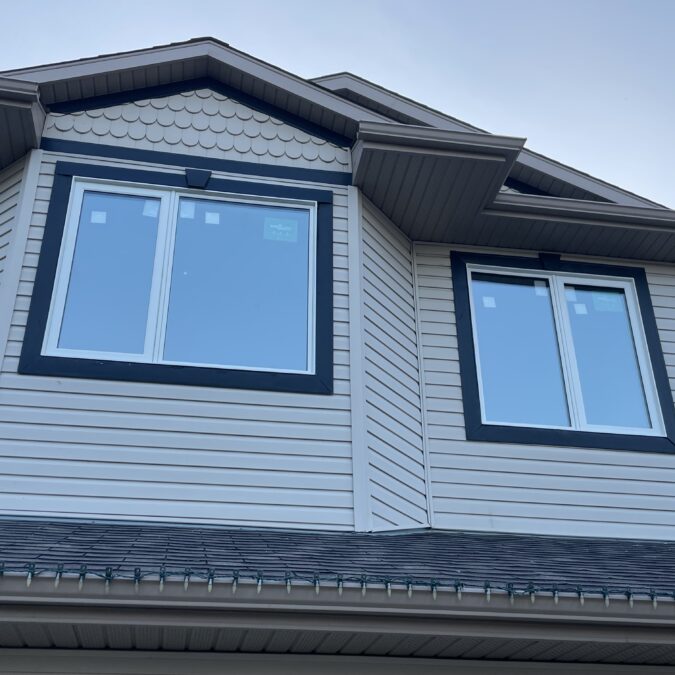
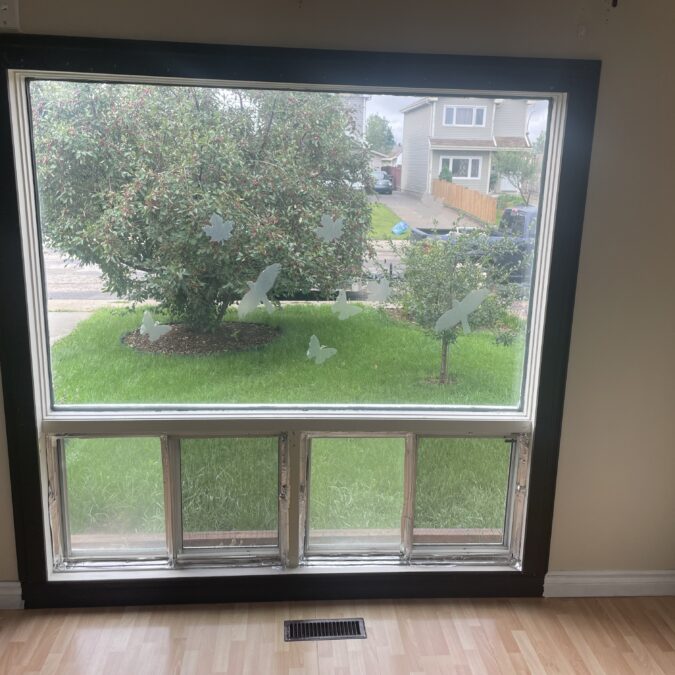
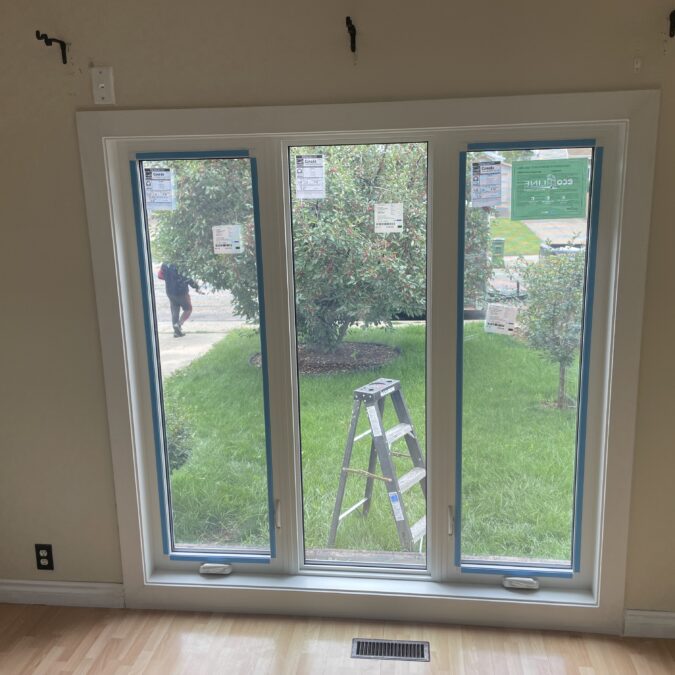
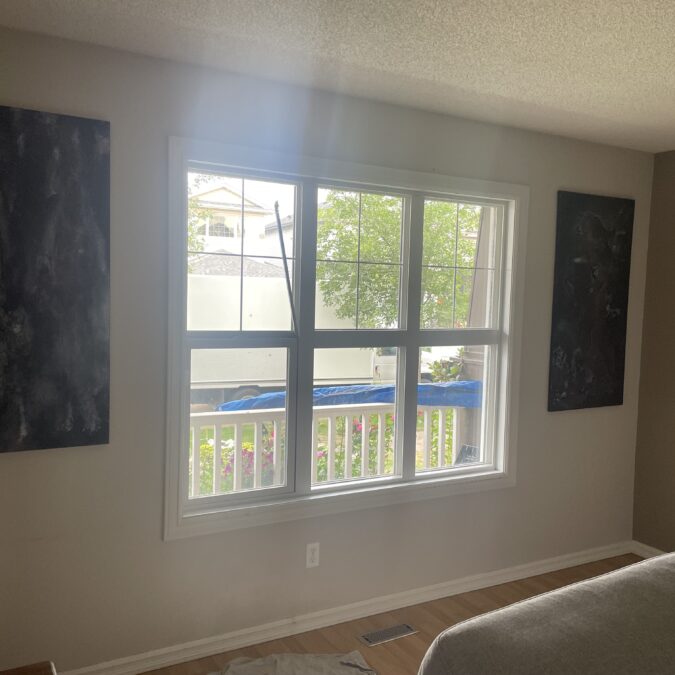
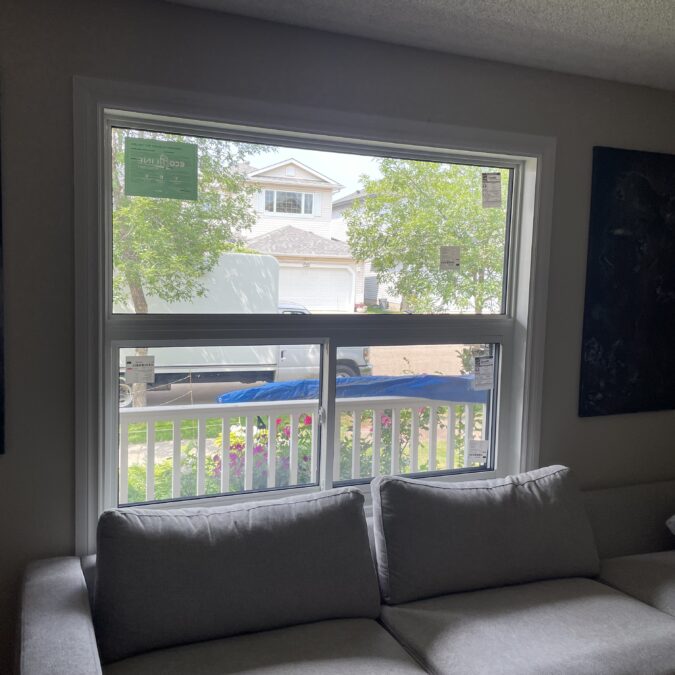
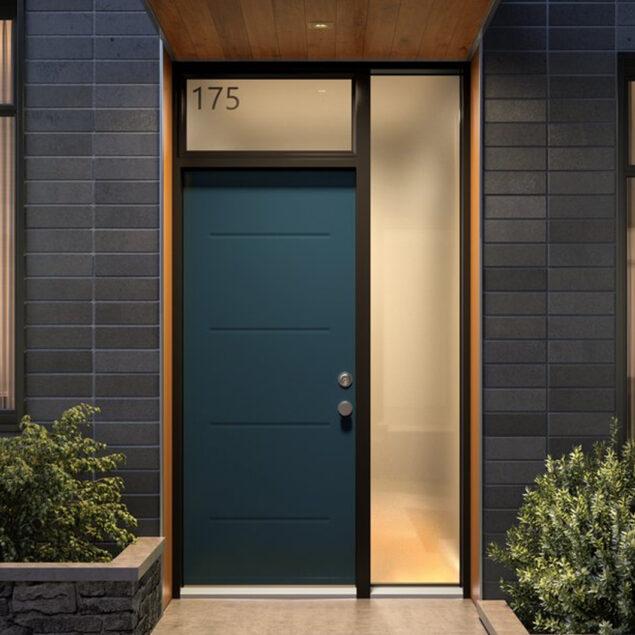
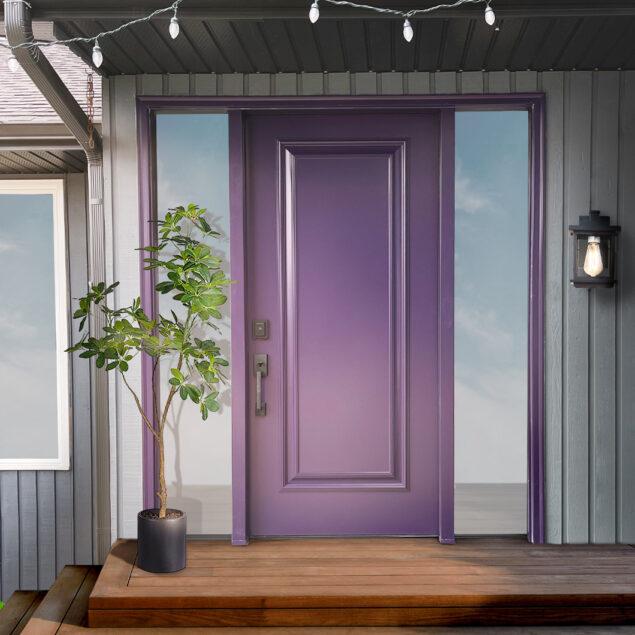
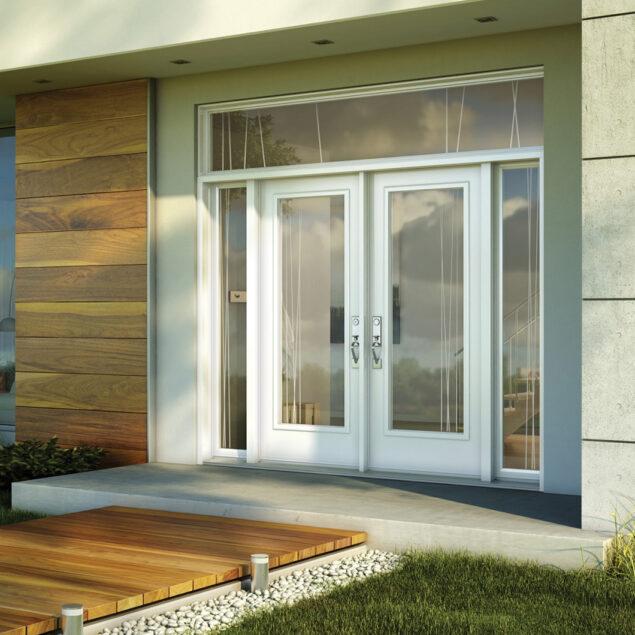
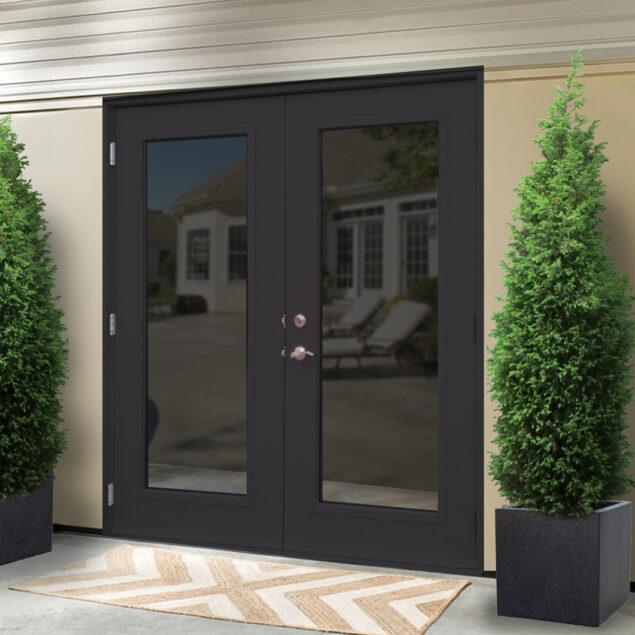
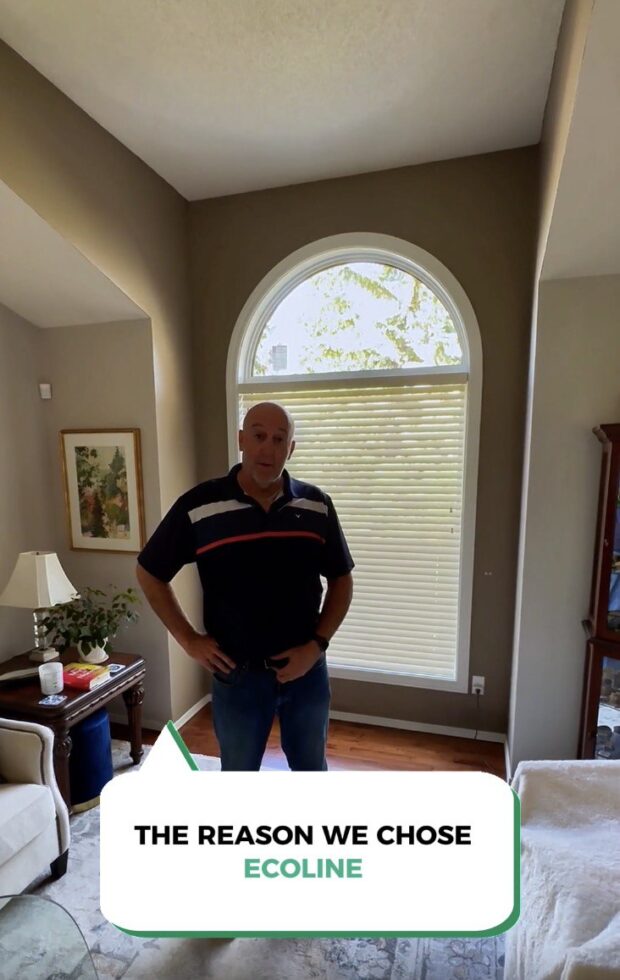
Recent Comments
F.A.Q.
How long does it take to complete windows replacement in Edmonton?
At Ecoline Windows Edmonton, we strive to deliver as fast as possible but as a rule a typical replacement project takes around 6 to 10 weeks to be completed.
Where are your windows manufactured?
We source our windows from a manufacturer in Ontario, because they met our stringent quality requirements.
What warranty do you offer for windows and doors?
All our windows and doors are manufactured to meet or exceed industry standards in Edmonton. The warranty covers the products against defects in materials and manufacture.
Are there any payment options when ordering windows in Edmonton?
We choose between several financial companies to find the best low-interest plan. If eligible, customers often opt for the 12 months payment deferral plan for getting new windows and doors in Edmonton.
To learn more check out:
Replacement Window Payment Options and Time Frames
What You Should Know About Financing and Loans
How much does a replacement window project cost typically?
The project price of windows replacement depends entirely on the number and style of windows you choose. Feel free to use our windows cost estimator to find out the approximate price for your project in Edmonton.
What are the advantages of triple pane windows over double pane units?
Triple pane windows offer superior energy efficiency. They are better suited at keeping cold air from entering your home and warm air from escaping it. And taking into account harsh weather conditions in Edmonton, our experts recommend triple-glazed units if you want optimal energy efficiency for your house.
To learn more check out our:
Energy Efficiency Page
“Triple Pane vs. Double Pane” Blog Post
“5 Benefits of Triple Pane Glass” Blog Post
Ecoline Windows Edmonton: Manufacturing Process
Cutting-Edge Technology
Unmatched Energy Efficiency
Industry Experts
State-of-the-Art Facility
Ecoline Windows Installers:
Expertise, Craftsmanship and Professionalism
Residential Window Replacement Specialists
Dedicated In-House Team
Adherence to Standards
Post-Installation Review
More recommendations from our
blogGet a Free Online Quote
5925 12 St SE #17,
Calgary, AB T2H 2M3, Canada
1750 Coast Meridian Rd #102,
Port Coquitlam, BC V3C 6R8
12-1333 Niakwa Rd E,
Winnipeg, MB R2J 3T5
100, 17866 106A Avenue,
Edmonton, AB, Canada,
T5S 1V3
180-1855 Kirschner Road,
Kelowna, BC V1Y 4N7
Unit 6 , 155 Albert Street
North, S4R 2N3
Regina SK
3307 Dunmore Rd SE #12,
Medicine Hat, AB,
Canada, T1B 3R2
107-1875 Boxwood Rd
Nanaimo, BC, V9S 5X9
3-3603 Millar Avenue
Saskatoon, SK, S7P 0B2
7819 50 Ave unit 1a,
Red Deer, AB, T4P 1M8
535 Yates Street Suite 200,
Victoria, BC V8W 2Z6
2081 Merivale Rd #201, Ottawa, ON, Canada, K2G 1G9
by appointment only
109 Ilsley Ave Unit #3, Dartmouth,
NS, Canada, B3B 1S8
Request a Call Back